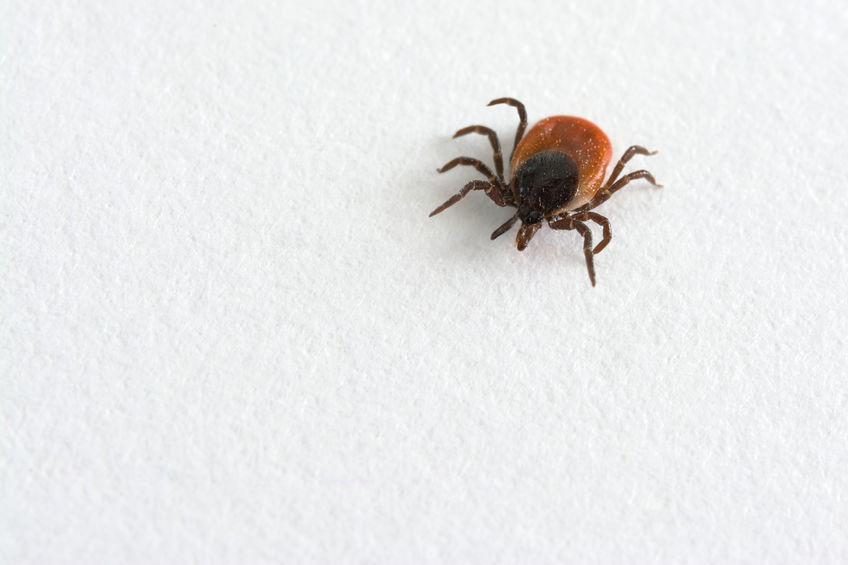
Many people assume ticks are only a concern during warm weather, but certain species remain active even in winter. Understanding how ticks survive the cold and what steps to take for protection can help you stay safe throughout the year!
Why Ticks Remain Active in Winter
Ticks are hardy pests capable of surviving in cold conditions. While many species go dormant in winter, black-legged ticks (commonly known as deer ticks) stay active as long as temperatures remain above freezing. Snow cover can insulate the ground, creating a stable environment for ticks to thrive.
Winter activity often involves ticks latching onto hosts like deer, rodents, and even pets. These animals carry ticks into areas where people might encounter them during outdoor activities such as hiking, hunting, or dog walking. As a result, winter ticks still pose a risk to humans and pets, requiring you to keep checking for ticks during the winter months.
Common Habitats for Winter Ticks
Ticks in winter can often be found in:
- Wooded areas: Leaf litter and dense vegetation provide ideal hiding spots.
- Tall grass: Snow-covered grass can insulate ticks, keeping them active.
- Yards: Wildlife activity, like deer or small mammals, can bring ticks closer to your home.
Tips for Staying Safe
Wear Protective Clothing
Cover exposed skin with long sleeves and pants, and tuck pants into socks or boots. Light-colored clothing can make ticks easier to spot.
Use Tick Repellents
Apply a repellent like Home First Naturals Insect & Tick Repellent to your skin and clothing for added protection during outdoor activities.
Check for Ticks Regularly
After spending time outdoors, thoroughly check yourself, your family, and your pets for ticks. Focus on areas like the scalp, behind the ears, underarms, and around the ankles.
Be Prepared with the Right Tools
Always carry an Original Tick Key™ for quick and effective tick removal if you find one attached.
Maintain Your Yard
Keep leaf litter and tall grass trimmed, and create a barrier of wood chips or gravel to reduce tick habitats near your home.
Ticks don’t take a break in the winter, especially in regions where temperatures remain above freezing. Understanding their behavior and staying proactive with protective measures can help you avoid tick bites and the potential for tick-borne illnesses throughout the year.
The Original Tick Key™ is a simple and effective tool for safe tick removal, designed to minimize the risk of disease transmission. At TickKey International, Inc., we provide the Original Tick Key™ and a variety of tick-prevention products to help keep you protected.
To find a retailer near you or learn more about our tools, visit us online today!

Recent Comments